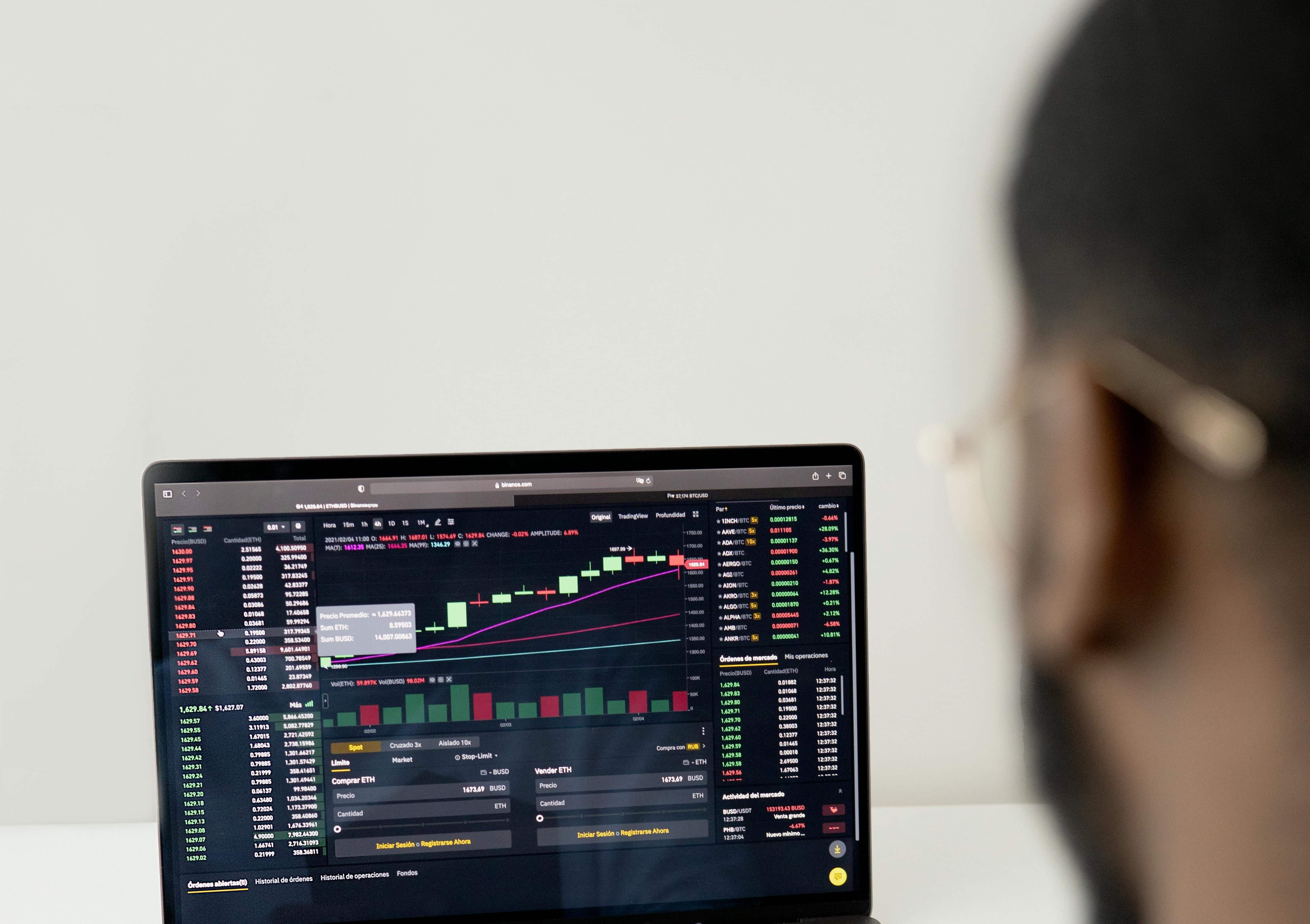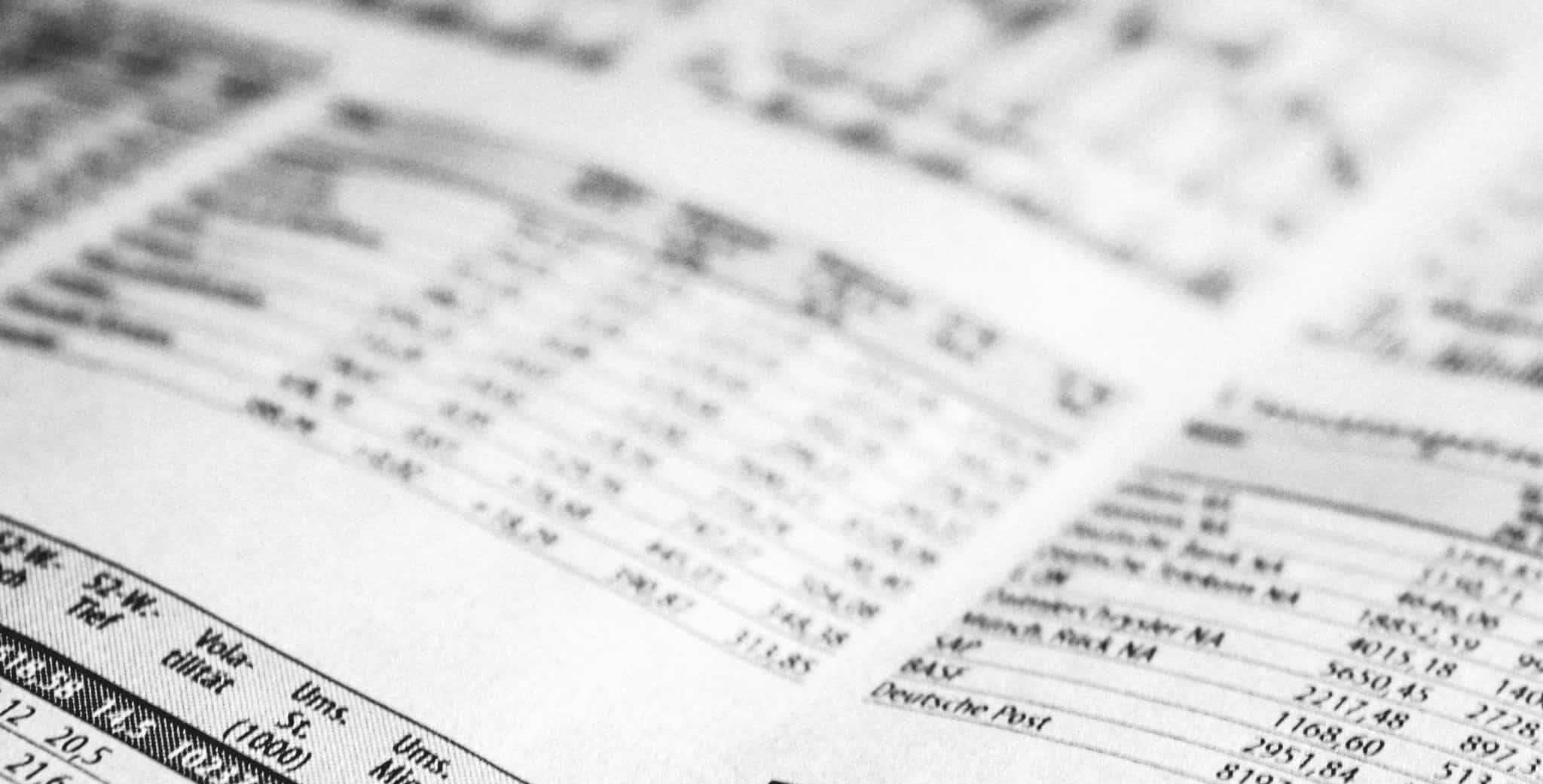From 8:4:3 Rule to Rule of 114 to Rule 555, 4 golden formulas to plan your long-term investments better; learn with examples
Did you know that there are a few popular thumb rules when it comes to investments? These rules not only offer better clarity about key milestones but also help keep you motivated to stay patient as your money grows. Here’s a list of some of these rules—often referred to as rules of thumb by money managers and tax experts—that, if well understood, can help you plan and fine-tune your long-term investment strategy. Some of these rules are the Rule of 172, the Rule of 555, and the 8:4:3 rule.
Nobody knows your long-term financial goals better than you. However, certain mathematical rules can provide valuable perspectives on your long-term investments exactly when you need them. These rules not only offer better clarity about key milestones but also help keep you motivated to stay patient as your money grows. Here’s a list of some of these rules—often referred to as rules of thumb by money managers and tax experts—that, if well understood, can help you plan and fine-tune your long-term investment strategy.
These investment rules have stood the test of time. They provide valuable perspectives on your long-term investments precisely when you need them. Remember, these rules are only meant to support your understanding.
Understanding key investment principles

2 golden rules for mutual fund investments

Understanding Rule 8:4:3 for mutual fund investments

The 8:4:3 rule is a straightforward method for visualising the growth of your investments through compounding.
This principle helps you understand how your mutual fund investments can grow over time based on a fixed annual return.
With a standard annual return of 12 per cent, the rule suggests that your investment will double approximately every eight years.
Understanding Rule 8:4:3 for mutual fund investments

For example, if you start with Rs 1,000, it will become Rs 2,000 in eight years.
And it doesn't end there.
The next phase of the rule states that after the initial doubling, your investment will double again in the next four years, and then again in the subsequent three years.
Let's get back to the example. The Rs 2,000 will turn into Rs 4,000 in the next four years (after the initial eight years for Rs 1,000 to become Rs 2,000), totaling 12 years for this phase.
The next doubling will happen in three years. So, after the 12-year period explained above, the Rs 4,000 will take about three more years to grow into Rs 8,000 at the assumed return of 12 per cent per annum.
So all in all, Rs 1,000 grows into Rs 8,000 in 15 (8+4+3) years.
After all, it's the power of compounding that does the trick

Understanding Rule of 72 for mutual fund investments

Understanding Rule of 72 for mutual fund investments

To use the Rule of 72, divide 72 by the annual interest rate or rate of return.
For example, if your expected return is 6 per cent, the rule gives 12 as the answer, which means that it will take 12 years for your investment to double at 6 per cent per annum.
Need another example? Suppose your expected rate of return is 10 per cent, then the formula returns 7.2. This means that your investment will take about 7.2 years to double at the annual return of 10 per cent.
Understanding Rule of 114

Understanding Rule of 114

How does it work? Divide the number 114 by the annual interest rate or the expected rate of return.
For instance, if the annual return is 10 per cent, the result will be 11.4, which indicates that it will take 11.4 years for an investment to grow three times at the annual rate of return of 10 per cent.
Understanding Rule of 144

Understanding Rule of 144

Where to apply Rule of 114 and Rule of 144?

Understanding Rule of 555

This formula explains how compounding works in SIPs.
The first 5 in the rule means to aim your retirement five years early at the age of 55, the second 5 means to increase your investment 5 per cent every year—known as a step-up SIP—and the last 5 means to make the corpus of Rs 5 crore. And most importantly, this will work only if you start investing as early as at the age of 25 years.
Understanding Rule of 555

What is the power of compounding?





